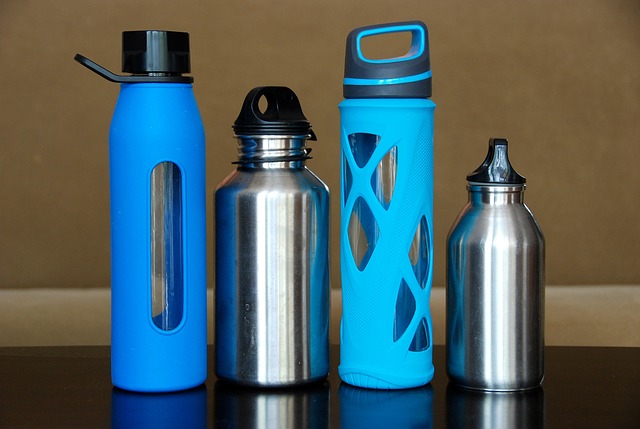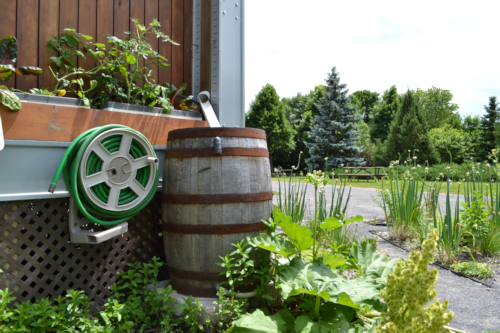Water research
Before we can work out how best to conserve water, we'll first look at what we are using it for.
According to the Energy Saving Trust, the average UK individual uses 142 litres a day. There are lots of interesting facts associated with this, of which we have picked out a few - you can see the rest on their website.
7 SURPRISING FACTS ABOUT WATER
1 - More than two thirds of our mains water is used in bathrooms.
2 - Although it is commonly believed that showers use less water, a shower of average duration uses a very similar amount to a typical bath (about 60 litres each).
3 - Aside from the daily bath / shower, the toilet is the biggest user of water, racking up an average of 220 litres a week.
4 - Sixteen percent of the energy use in a house is to heat water (it's hard to tell from the information, but we believe this is not including radiators) - amassing an average cost of in excess of £200 / yr.
5 - The carbon footprint of heating this water is 875 Kg of CO2 a year, which accounts for 5% of each person's total annual emissions.
6 - On average, getting a water meter fitted leads to a reduction of about 10-15% in water usage.
7 - Figures from the Environment Agency say total water abstraction for public water supply in the UK was 16,406 megalitres per day in 2007. We didn't even know what a megalitre was until we looked it up - it is 1 million litres, so this means a yearly figure of about 6 TRILLION litres (that's 12 zeros), which is enough water to cover Greater London near 4 metres deep!
All of the water from the mains that we use is drinkable. This, quite rightly, has a lot of work done to it to make it safe. The Thames Water website says this includes screening, clarification, filtration, aeration, granular activated carbon, ozone dosing, disinfection and ammoniation. Whilst all this work is vital to allow us to drink the water - only about 4% of this is actually drunk. The use of highly cleaned water for other purposes is questionable - do we really need drinking water to flush toilets? (Toilets use about 30% of all water in the home).
ALTERNATIVE SOURCES OF WATER
Drinking water is most eco friendly from a tap. Don't use plastic bottles if you can help it - bottled water is not significantly different from that from a tap, but its consumption means that about 5 BILLION "single use" plastic bottles are used in the UK every year. See our section on Plastic Pollution to learn more about the problems associated with this.
The cost is also much higher. If you need water when you are out and about, why not take a refillable bottle with you.
For some of the other household uses, it is worth looking at how we can supply or re-use water. The two main categories would be rainwater harvesting and greywater.
USE ME!

Rainwater harvesting
This is exactly what it sounds like. All over our country, a lot of rain falls on roofs, runs down drain pipes and into drains or the earth. In fact, if you live in an area with average rainfall, this is about 900 mm / year. For each square metre of roof this falls on you could collect 900 litres of water - so an area 3 m x 4 m would collect enough water to cover all toilet flushing.
Clearly this water needs to be stored and made available for use. This can be in a water butt for garden use or a larger, more sophisticated, system for other domestic uses. There are specialist companies available to fit all sorts of systems to provide domestic supply, from simple downstairs toilet systems, to pumped water for use throughout the home. Just Google it and you'll be surprised.

Image kindly provided by Benoit Rochon through Wikimedia Commons
GREywater
Again, this is exactly what it sounds like - dirty water.
This is where we can use water that had another purpose (eg bathwater) for a second time (eg toilet flushing).
Making use of things like this can not only be a benefit to the planet, but also to your wallet.
There is a lot of development in the area of grey water - particularly in industrial settings, but simply filling a bucket after having a bath to then flush the toilet with can make a difference.
sea water desalination
There is a LOT of water on the planet, primarily in the oceans, but the key problem is that most of it is far too laden with salt to be of any use for human consumption. Desalination is the process whereby we remove this salt to allow us to use the water in our daily lives. There are two reasons why this isn't commonly done in countries which have a good water supply
1 - It is very energy intensive.
2 - There is the problem of what to do with the removed salt.
More arid countries are using desalination plants extensively and when they put the removed salt back into the sea it is making the concentrations there higher and killing wildlife.
The energy issues are mitigated in these arid countries when they use solar (which they generally have plenty of capacity for as they are arid!) to supply the needs - but clearly when they burn oil these processes are releasing both greenhouse gases and highly concentrated salt back into the environment
It is highly likely, however, that desalination will be a viable and necessary solution to water shortages in the long-term - once these issues have been resolved.
